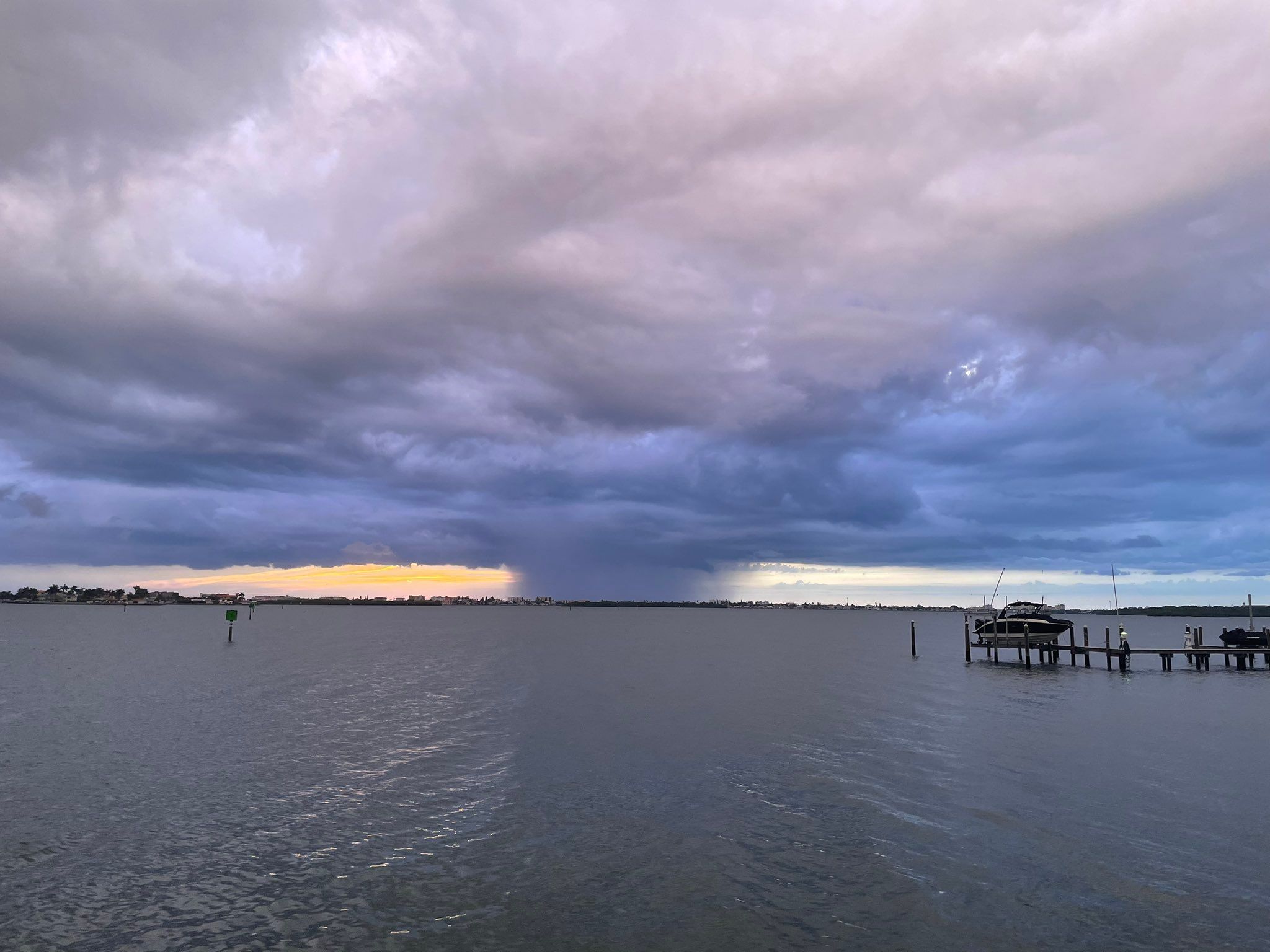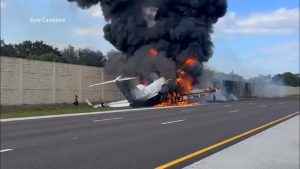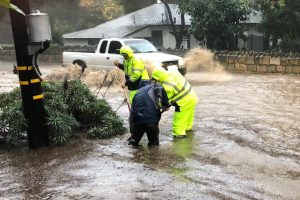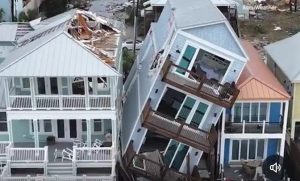Hurricane Ian rapidly intensified off Florida‘s southwest coast Wednesday morning, reaching top winds of 155 mph, just missing Category 5 status.
The state’s heavily populated Gulf Coast was battered by damaging winds and rain, with the Naples to Sarasota region at “high risk” of a devastating storm surge.
Also Read| What is Hurricane Ian?
Here are the 5 different cyclone categories and what they mean:
1) Category 1
Little house damage occurs with a category 1 cyclone. Crops, trees, and caravans get damaged. The craft may drag the moorings. The strongest winds during a category one cyclone are called GALES, and they can reach speeds of up to 125 kph over open, level terrain. Beaufort 8 and 9 are equivalent to these winds (gales and strong gales).
The Beaufort scale is an empirical measurement that connects wind speed to variables that have been observed on land or at sea.
2) Category 2
House damage in a category 2 cyclone is minimal. Signs, trees, and caravans have all sustained substantial damage. Significant crop damage. chance of a power outage. Small boats could damage the moorings. The strongest winds in a category two storm are destructive, with typical gusts of 125–164 kph over open, flat terrain.
920
3) Category 3
A category 3 cyclone can cause some structural and roof damage. Caravans get destroyed. Power outages are probable. The strongest winds from a category three cyclone often gust between 165-224 kph over open, flat terrain. These winds are within the Beaufort 12 category, which is the highest category (hurricane).
4) Category 4
Significant structure damage and roofing loss occur during a category 4 cyclone. Many caravans are blown away and destroyed. There is hazardous flying debris. several electricity outages The strongest winds from a category four storm often gust between 225-279 kph over open, flat terrain.
These winds are within the Beaufort 12 category, which is the highest category (hurricane).
5) Category 5
A category 5 cyclone is extremely dangerous and causes widespread devastation.
The strongest winds of a category five cyclone are very destructive with typical gusts of more than 280kph over open flat land. Beaufort 12 winds correspond to the highest category on the Beaufort scale (hurricane).
Also Read| How to prepare for hurricanes and recover from them
On September 19, the US National Hurricane Center identified Ian as a tropical wave to the east of the Windward Islands. On September 22, the wave moved into the Caribbean Islands, causing heavy rains in Trinidad and Tobago as well as the islands of Aruba, Bonaire, and Curacao. Throughout, the wave began to organise as wind speeds increased, which forecasters attribute to winds flowing out of Hurricane Fiona.







